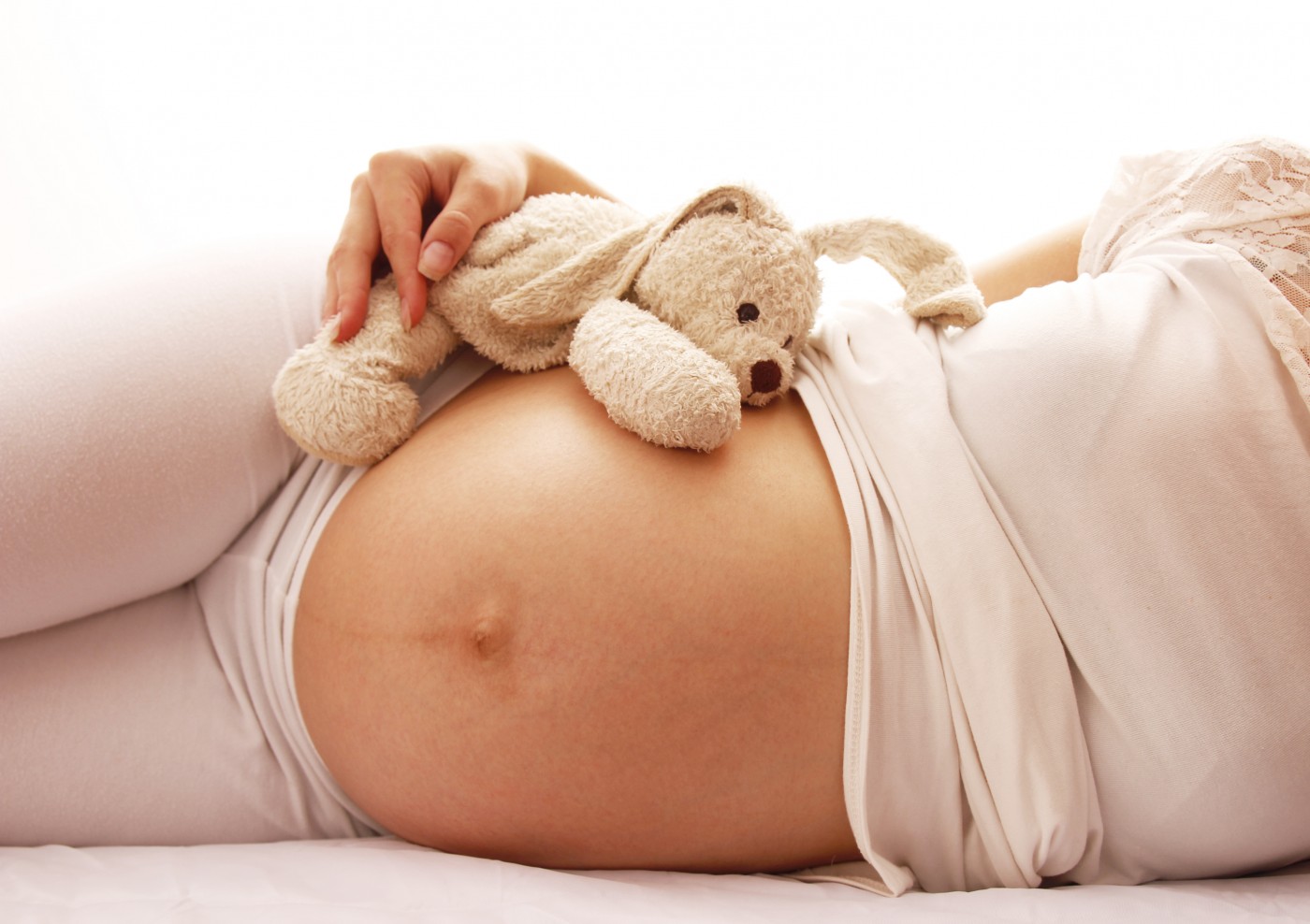Cerebral Palsy May Be Linked to Infections During Pregnancy or After Delivery, Researchers Say

Cerebral palsy (CP) can be caused by infections, both in the pregnant mother and in newborns. Researchers from the Sahlgrenska Academy at the University of Gothenburg, Sweden, showed that infections lead to different types of cerebral palsy, depending on if it is the mother or the child who is affected.
While researchers now know that only a proportion of cerebral palsy cases are caused by birth complications linked to a lack of oxygen in the baby’s brain, it was unclear which factors contribute to the development of cerebral palsy in the remaining children.
Kristina Ahlin at the Sahlgrenska Academy dedicated her doctoral thesis, “Antecedents of Cerebral Palsy in children born at term — according to subtype, motor severity and accompanying impairments,” to identifying risk factors for cerebral palsy. Her work includes four different studies where a common theme emerged – the presence of infections.
 The studies included 309 children with cerebral palsy born at full term in the 1980s and 1990s, and 618 healthy children used as controls. In her thesis, Ahlin also explored whether risk factors and brain imaging patterns differed between various degrees of CP severity, or were associated with the simultaneous presence of epilepsy and cognitive disabilities.
The studies included 309 children with cerebral palsy born at full term in the 1980s and 1990s, and 618 healthy children used as controls. In her thesis, Ahlin also explored whether risk factors and brain imaging patterns differed between various degrees of CP severity, or were associated with the simultaneous presence of epilepsy and cognitive disabilities.
The studies showed there are three underlying mechanisms that might explain the majority of cerebral palsy cases: lack of oxygen, infection, and malformations. Findings showed that infections during pregnancy were associated only with the cerebral palsy subgroup spastic hemiplegia – spasms affecting only one side of the body. On the other hand, infections in the newborn child were associated with the CP subgroups of spastic diplegia or tetraplegia – disease affecting the lower limbs or the entire body.
“The results show that there is an association between infection in the pregnant mother, and a type of CP that affects one side of the body, while the type of CP that affects both sides of the body is linked to infections in the baby after delivery,” Ahlin said in a press release.
“By studying the risk factors for CP associated with the different severity of motor impairment, we can better generate hypotheses on the mechanisms behind severe CP, and in the long run, gain the opportunity to prevent severe impairment,” Ahlin said.


